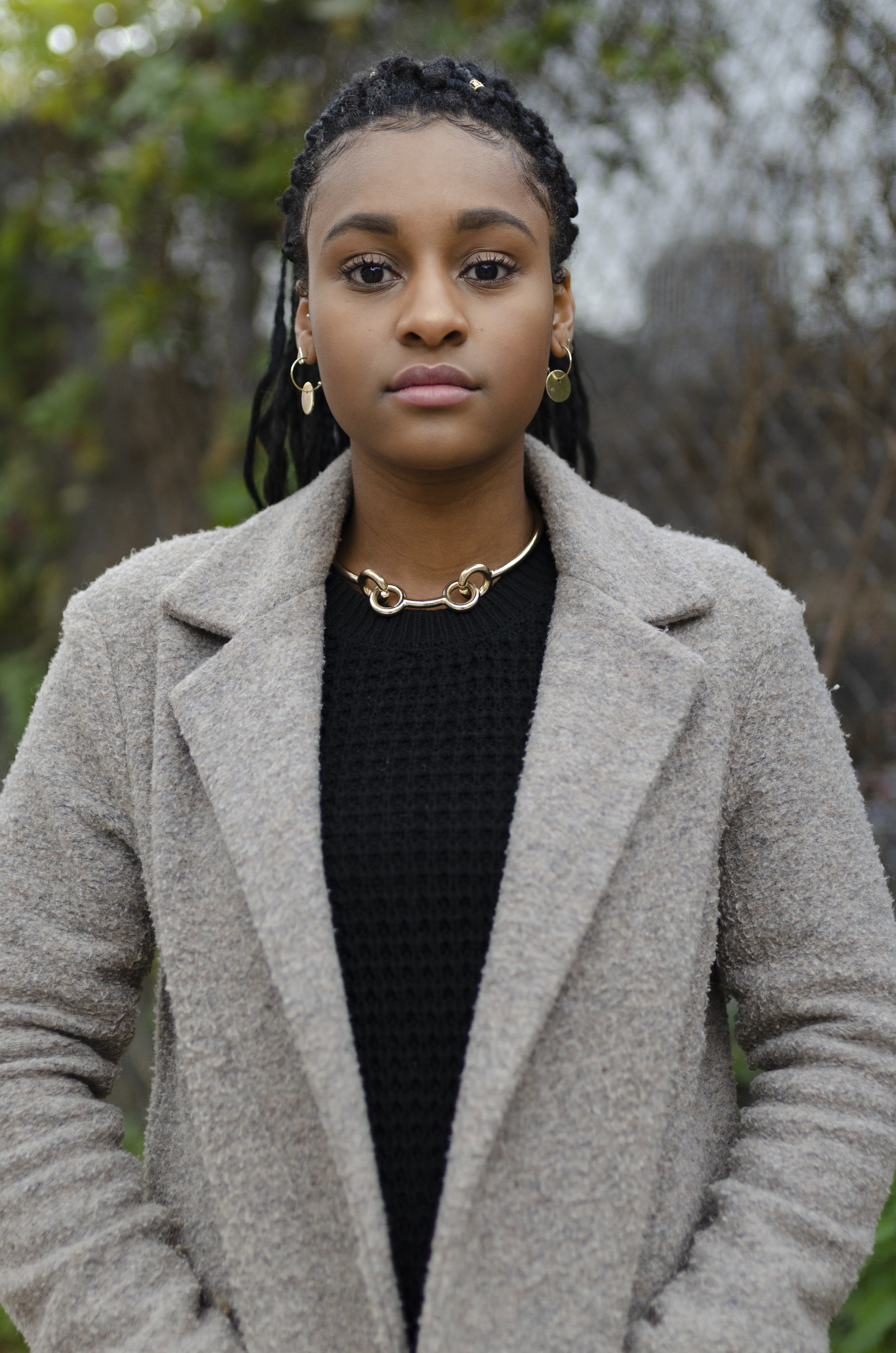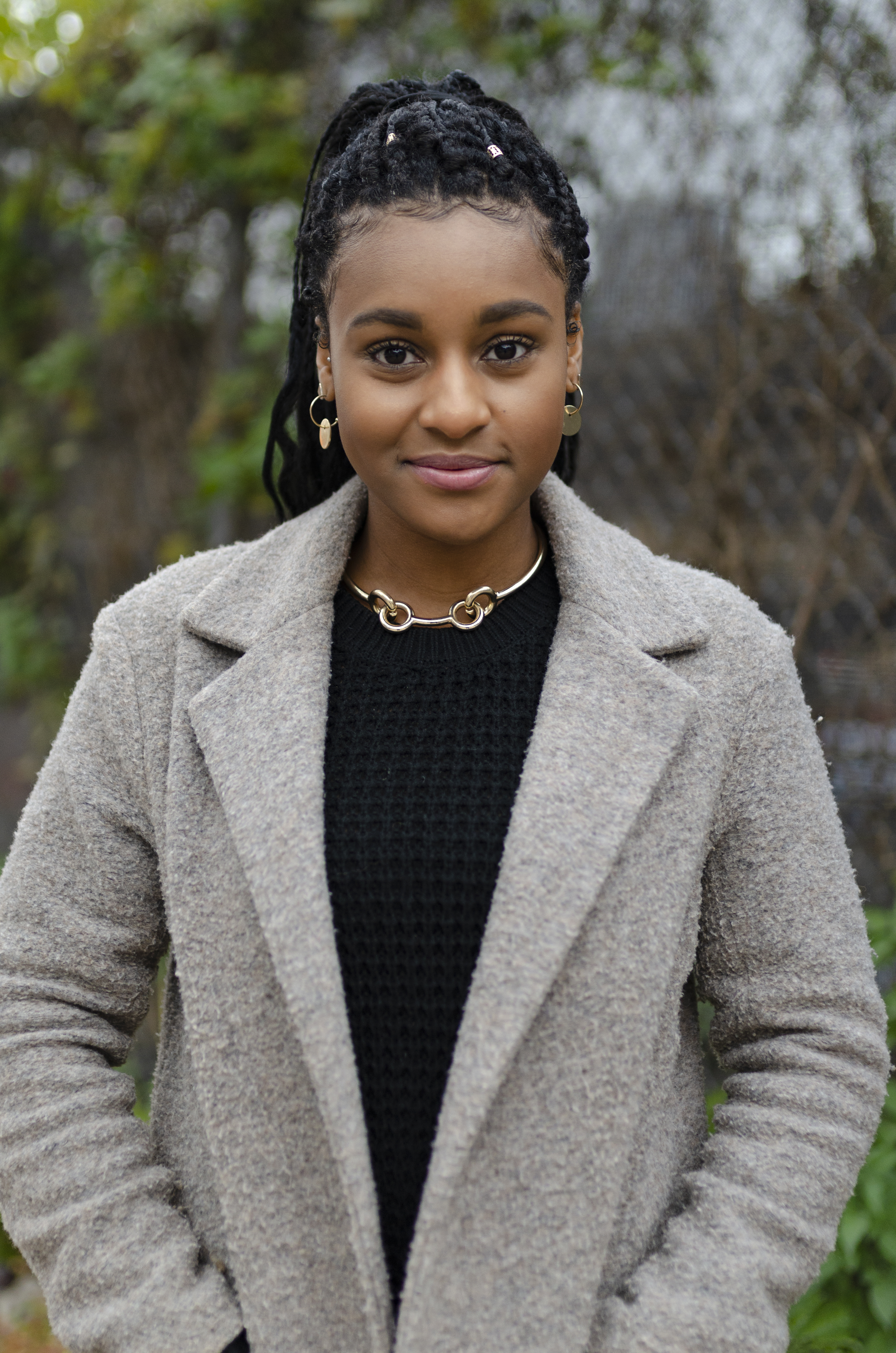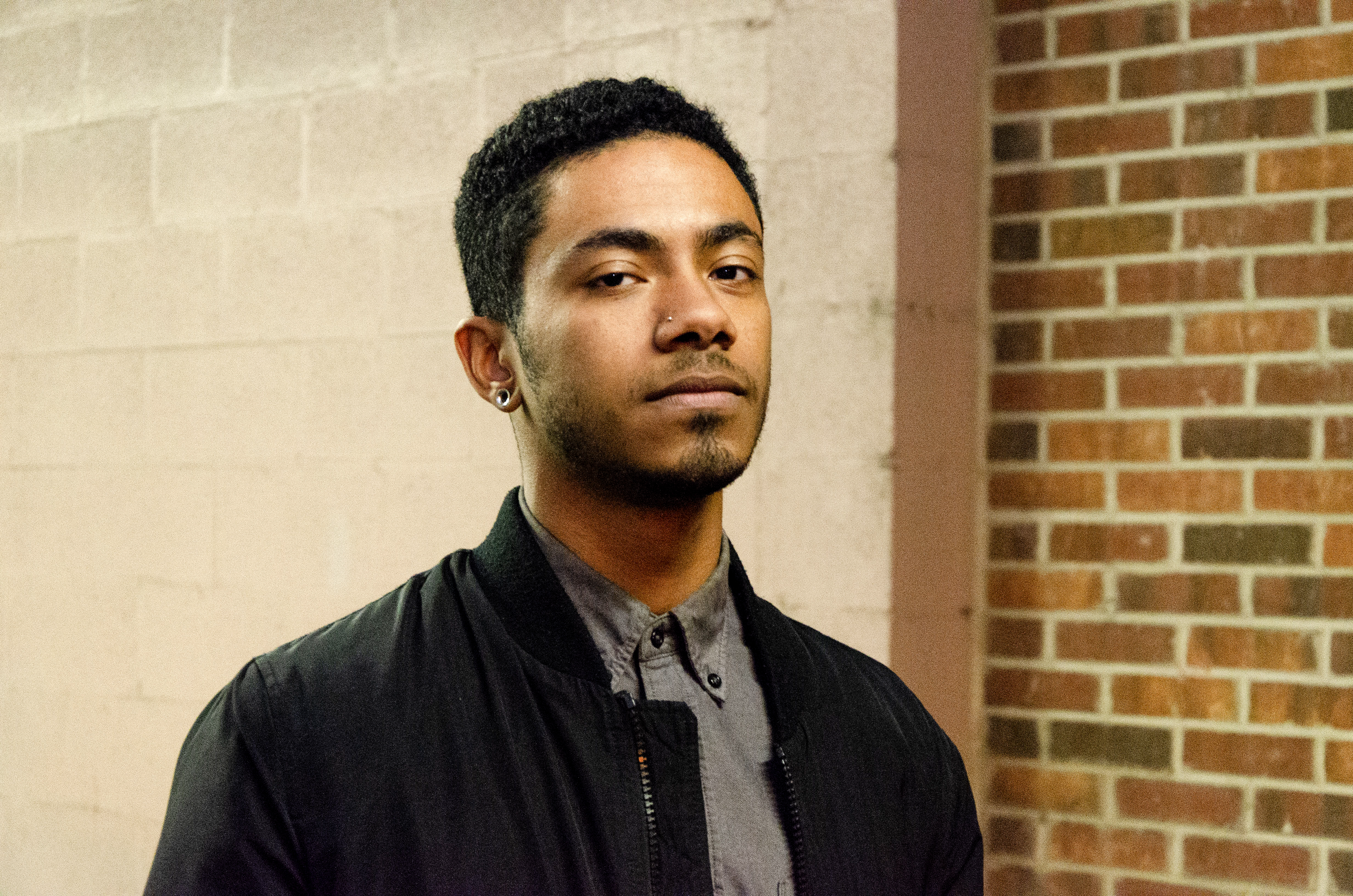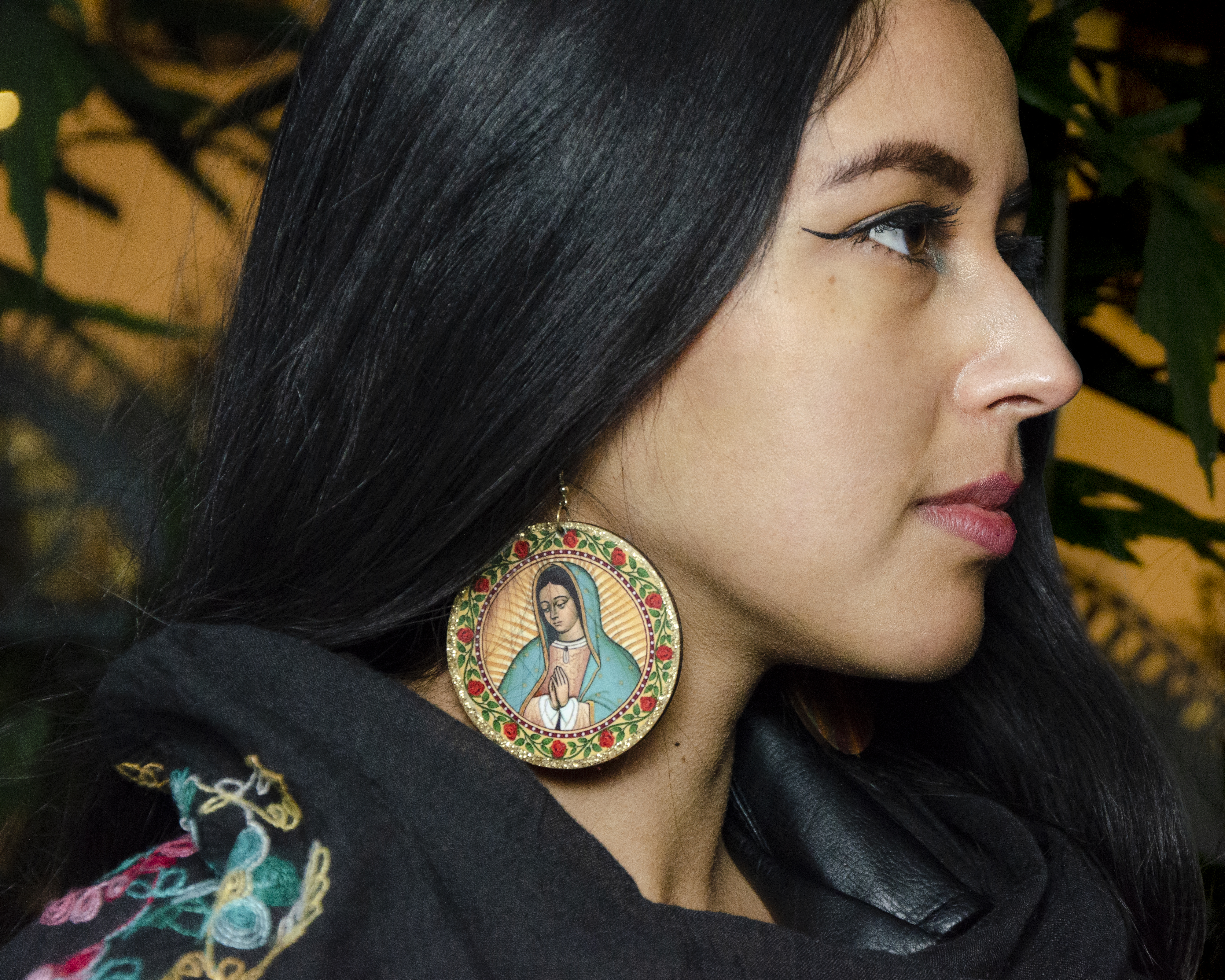Culture Shock
Diversity and Inclusion in the Creative Industry
Photographer: Esther Bell Co-writers: Bailee Penski & Ana Frank Art Direction: Ana Frank Design: Tess Barnes


“Diversity is that hot word. It’s like avocados. Everybody is OBSESSED with diversity but they don’t understand diversity. Avocados are all the rage but are they actually good for me? Are avocados good for what I am trying to accomplish? Do I even like avocados? Or am I just eating them because my home girl is? Diversity is sorst of like that. It’s like ‘I wanna be diverse, I wanna be inclusive but what does that actually take? Are you taking those little steps in order to be knowledgeable?”
Jasmin Rivers

If you have not noticed, diversity and inclusion are indeed a hot topic right now — just like avocados. This subject has been thrown around in the classroom, the workplace and the media in recent years in hopes to form more unity in this otherwise divided country. As students who are most likely going into a creative field in the future, many of us question how our workplace will make us feel involved despite the differences we bring to the table. In order to promote multiplicity in our desired industries, we must start conversations with the people around us about how we can continuously move forward in the tense climate we live in. As young creatives, how can we spread and gain knowledge in our workplace despite the racial and cultural microaggressions and biases that may take place?
These can be done verbally, nonverbally, intentionally or unintentionally. Nevertheless, this type of aggression communicates a negative message toward a marginalized group of people who may find it difficult to address.
The FRANK team spoke to three young Chicago creatives about their experience as minorities in their workplace. Jasmin Rivers, Rebeca Soto, and Gabe de la Mora confront issues involving diversity and inclusion in the professional world, where one might feel most vulnerable in their
entry-level position.

JASMIN
RIVERS
Jasmin Rivers, 25, is a media planner at Burrell Communications Group in Chicago. As a black woman in her industry, she understands the feeling of being “the only one.”
“People don’t realize they are ignorant until you check them on their ignorance,” Rivers says.
She discusses having a two-strike rule. She will let a couple of negative comments slide, and if they continue she will intervene and confront
the issue.
“I don’t like to be that stereotypical angry black person in the workplace, especially when I’m the only one. It’s just a lot of judgment on my end at first to figure out when to combat it,” Rivers says.
When she faces the problem, she focuses on the importance of picking the right moment to do so. She says you must find the best way to “finesse the situation” depending on the environment you are in and the relationship you have with the person who made the comment. For example, if a stranger on the street insults her, she would not hesitate to say, “Don’t say that and this is why.” However, the workplace requires a different type of approach.
“I don’t want to see anyone fail if they don’t deserve to fail. It’s a teachable moment,” says Rivers. “I’m never going to call you out in the middle of
a meeting.”
In order to be progressive in the workplace and promote an educated atmosphere, training programs must happen. According to Rivers, companies are caught up
in making poor decisions revolving diversity because there are not enough people in marginalized groups “sitting at the table” with a voice to contribute to the company’s decision making.
Rivers says ignorance revolving microaggressions is progressed into higher power and “it takes something big to happen up top for everything to come crumbling down.”
Glassdoor, a website where businesses are reviewed by their current and past employees, conducted a survey in 2014 that found 41 percent of workers do not think their executive teams are diverse.
In addition, 67 percent of workers see diversity as a key factor when evaluating companies and job offers. Though many companies have diversity initiatives, Glassdoor’s survey showed that 57 percent of workers think there should be more implemented internally to enforce it.
“I believe if you want your brand or agency to be a well-rounded company, you have to start with teaching,” says Rivers. “Before you start saying things like ‘Oh, we are so inclusive with the way we form a community,’ you have to make sure internally that your stuff is together. You have to be for the people you are working with.”
While interviewing with potential employers it is important to do your research and ask questions to find out as much as you can about the work environment. After all, it could be the place you spend a majority of your time–you want it to be a space where you feel comfortable.

GABE
DE LA MORA
Gabe de la Mora, 24, who works as the sole black and Mexican user experience designer for the audio brand Shure, says diversity and inclusion are topics rarely discussed, if ever.
“I never felt intimidated in any way by the amount of white people there,” says de la Mora. “The atmosphere has always been welcoming. I would like to see more diversity in terms of ethnicity but I guess we still have a ways to go.”
De la Mora mentions how there is very little “water cooler talk” at his workplace and how 90 percent of the time conversation is revolved around business and new products.
“They [colleagues] are business first at all times. Sometimes it kind of bugs me. It’s like, ‘Dude, do you ever care about something besides what we are working on?’ says de la Mora.
This begs an important question: What issues arise when diversity is not seen as a priority in the workplace?
For Rebeca Soto, a 23-year-old Hispanic woman, microaggressions have not been something she has experienced internally by her colleagues, but externally from customers who come into her store. As the event planner and visual merchandiser at Kolo-Topdrawer in Wicker Park, there are times when she greets a shopper, is ignored, only for them to strike up conversation with one of her white co-workers.
She says dealing with microaggressions is a matter of sticking up for yourself and knowing how you should be treated.
“But I know this might just be me. My boldness and fucking balls,” says Soto. “If I’m not being treated fairly then fuck it. I’m going to say something. I know some people eat it though.”
Although there is plenty of work needing to be done to promote inclusion in creative industries, the U.S. is more diverse now than it has ever been before. A 2015 report by the US Census Bureau shows that Millennials are the largest generation in American history and 50.2 percent of children under five were classified as being in a minority ethnic group. According to the National Center for Public Policy and Higher Education, the minority working-age portion of the workforce is projected to double to 37 percent in 2020 from the 18 percent recorded in 1980. Meanwhile, the white workforce is projected to decline from 82 percent to 63 percent.
These statistics represent a hopeful future when it comes to adding diversity into the workforce, but it is important to remember there is more that needs to be done. As college students who are soon looking to succeed in the professional world, we must welcome and enforce different mindsets and backgrounds into our networks to advocate this movement.
A way to challenge these statistics is to recognize the value and minority can bring to a company. Treasured diversity lies deeper than just ethnicity. Other factors such as upbringing, family dynamic and household income all make a minority's perspective that much more valuable.
“We are so lucky to live in a country where although it is in total dismay in some ways, we have options and a lot of people are here to respect and to listen,” says Soto. “So reach out and find your people.”
REBECCA
SOTO

